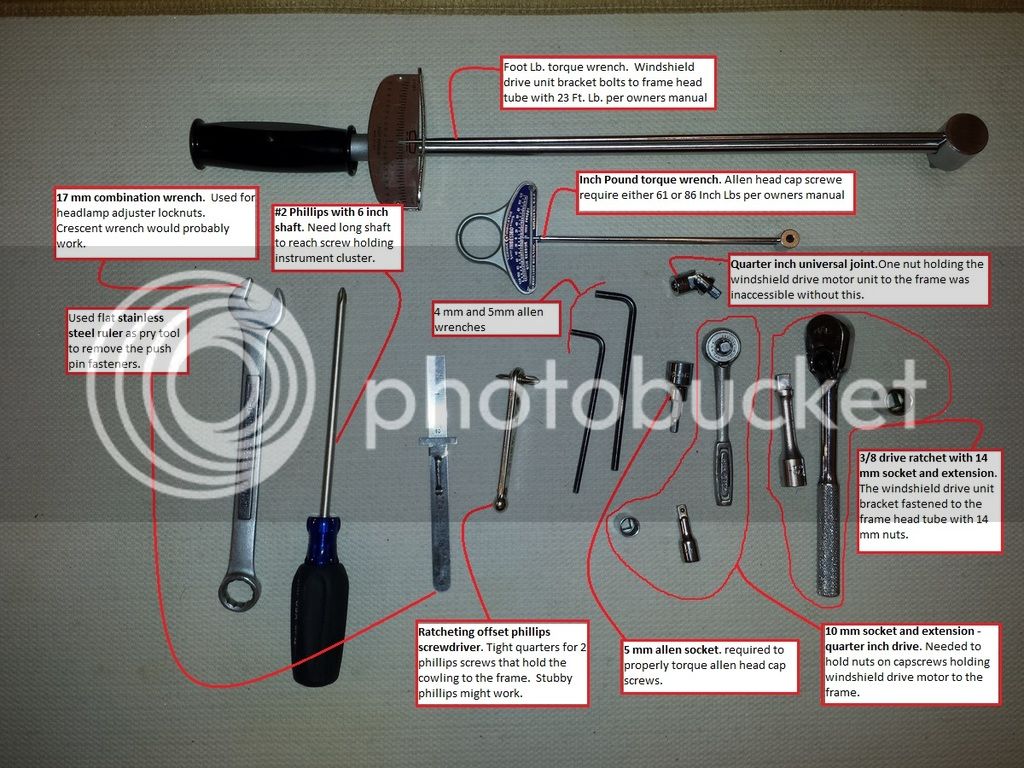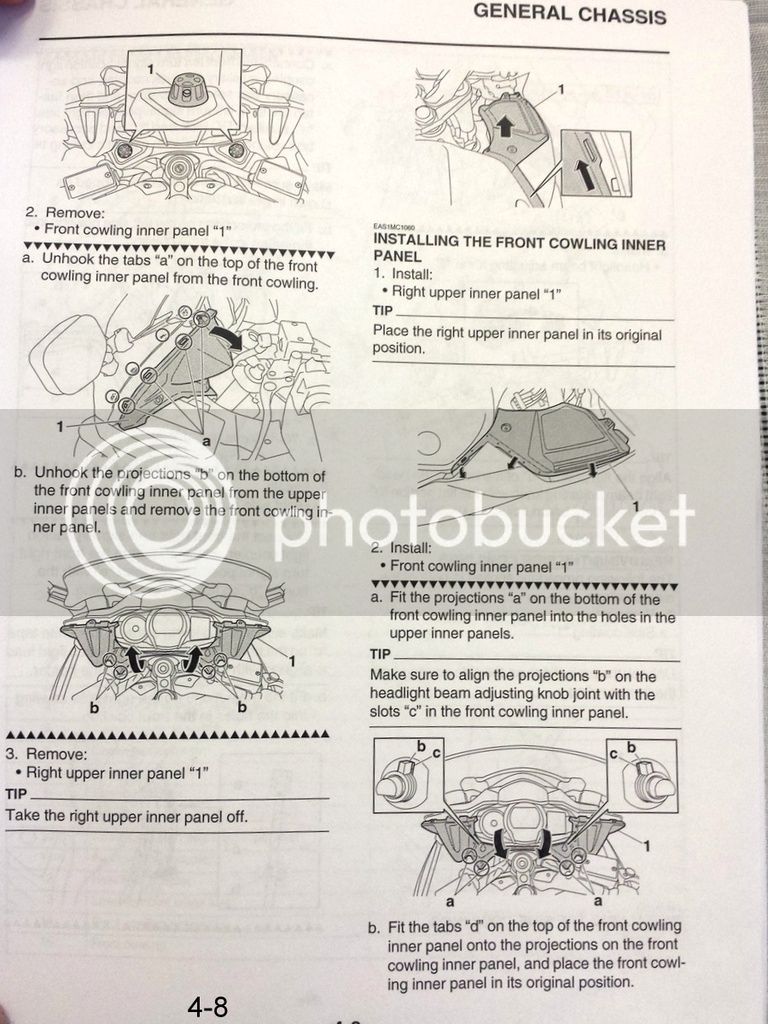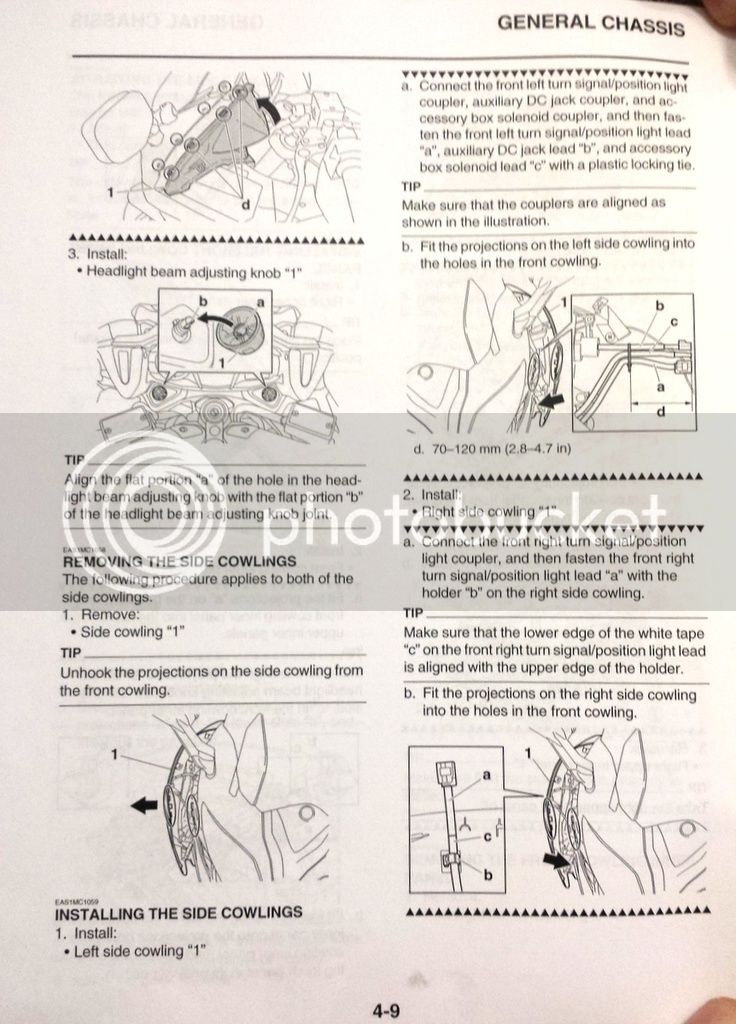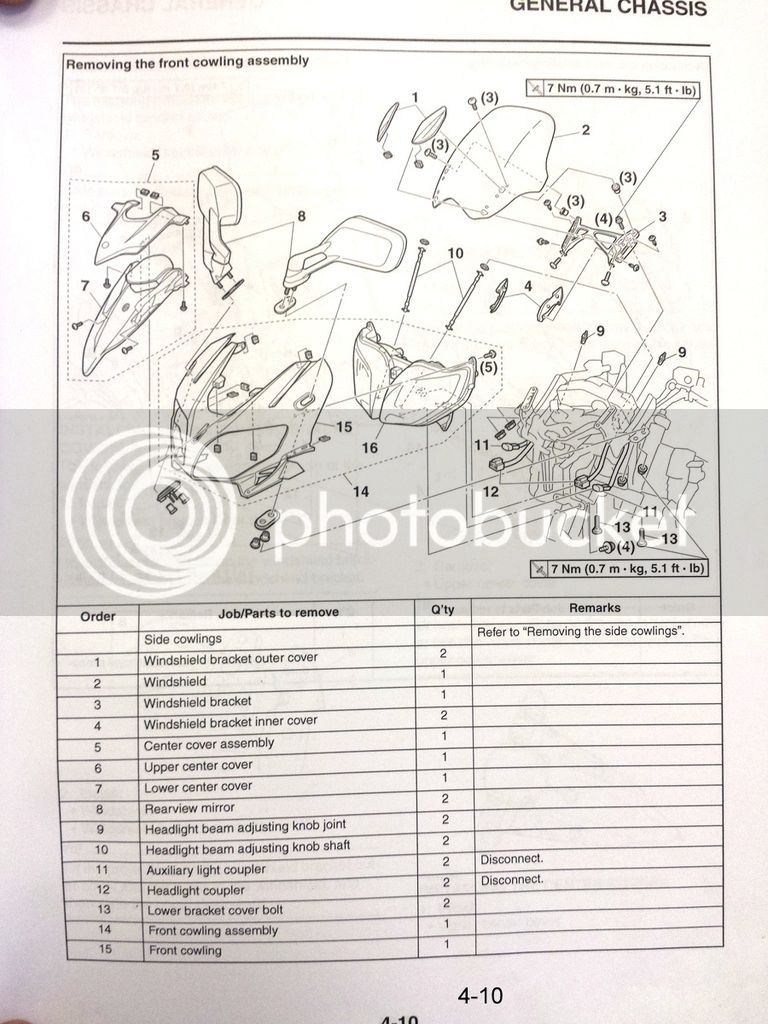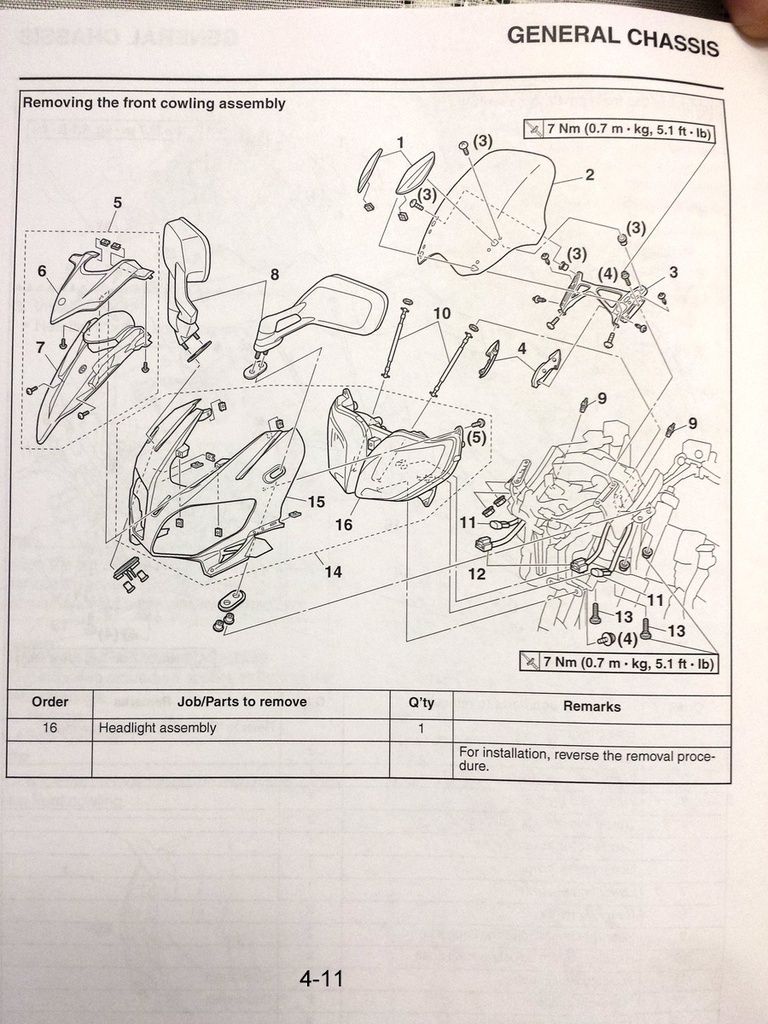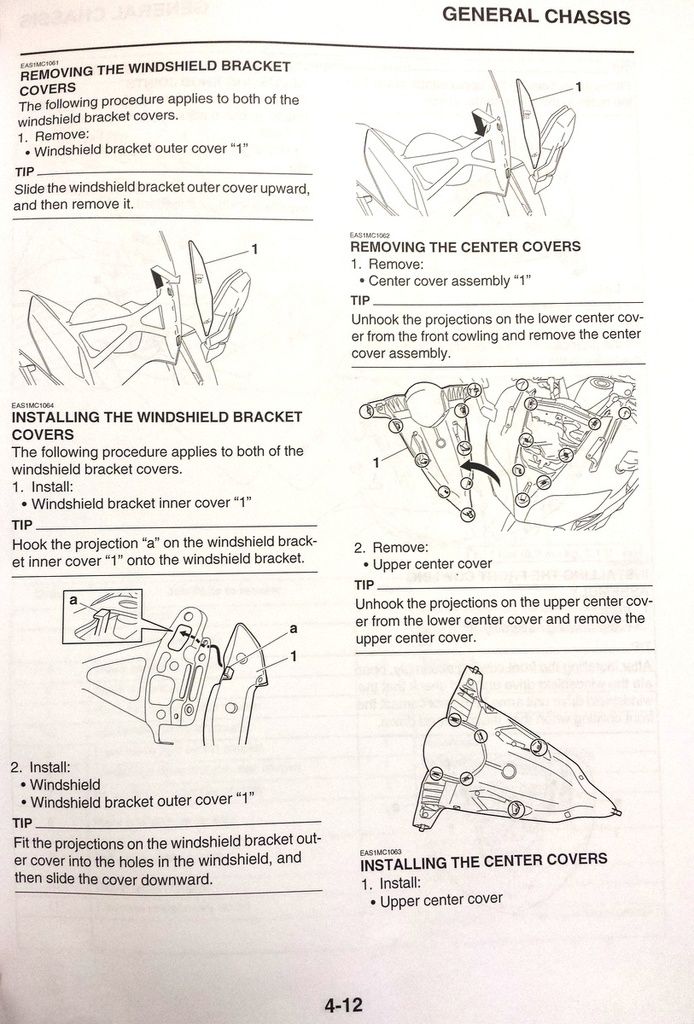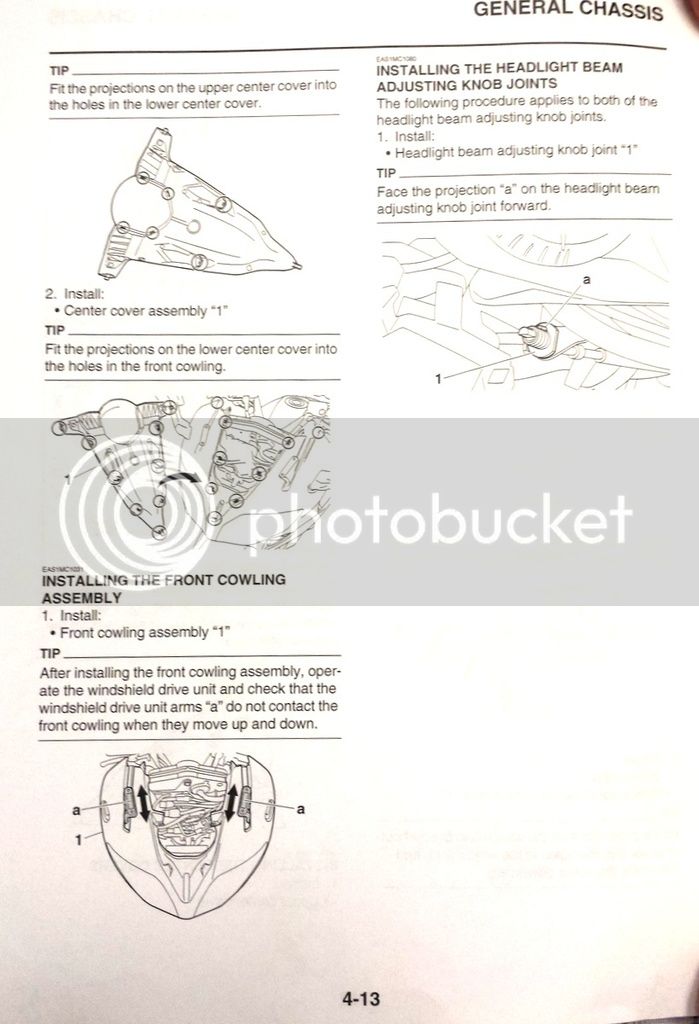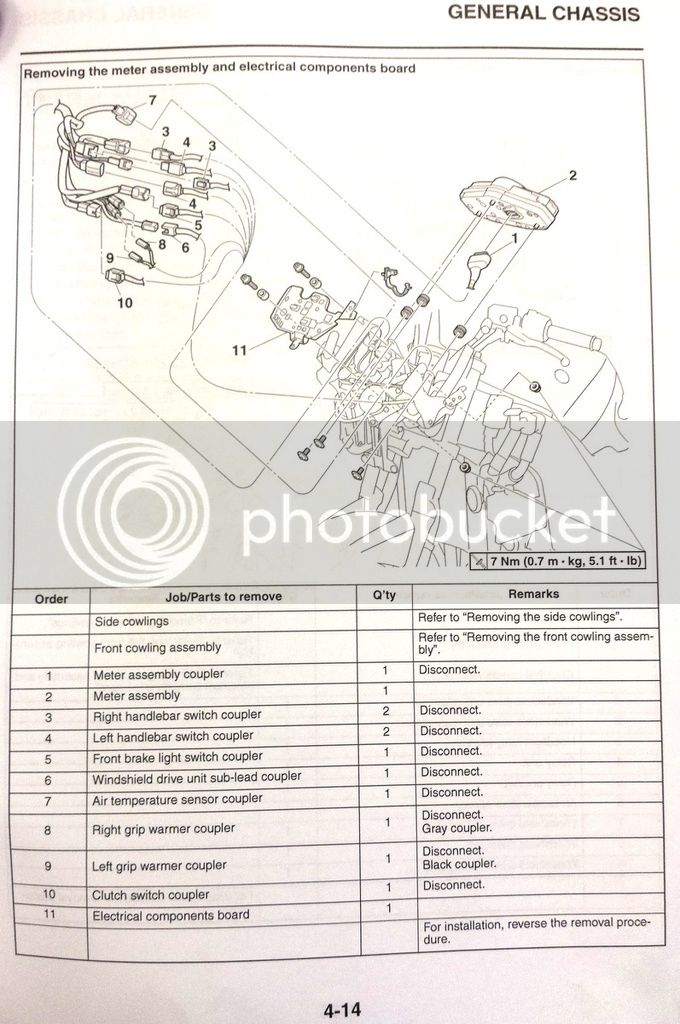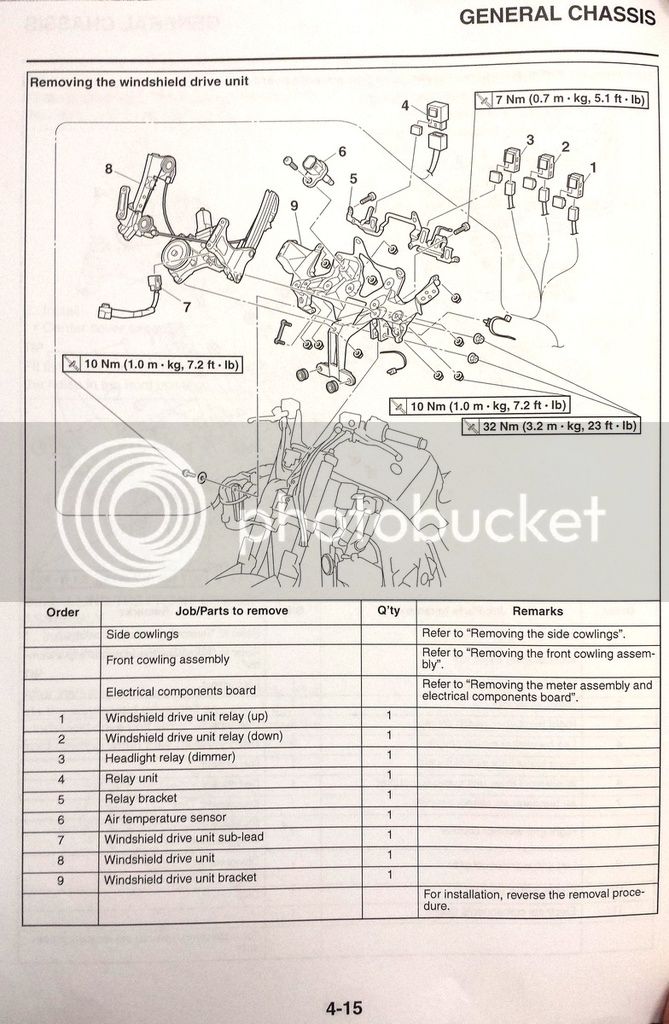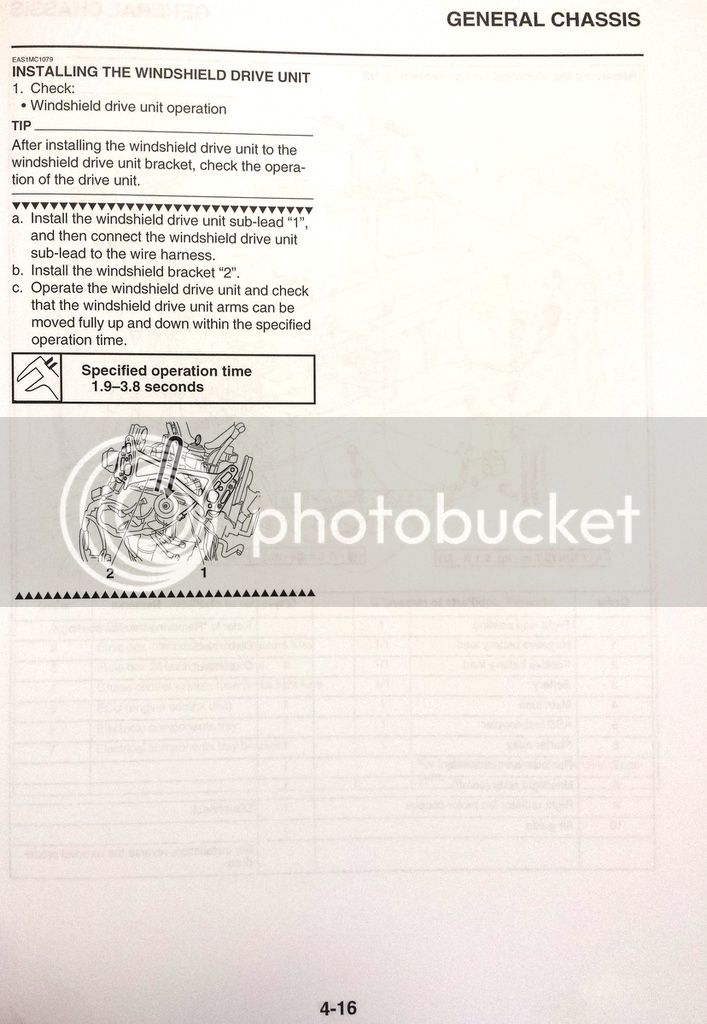HotRodZilla
GOD BLESS AMERICA
These days steel frame bicycles are competing with aluminum or alloy frames. Anyone who knows bikes will tell you a steel frame rides better than an aluminum frame. Good steel is VERY light and wouldn't add an ounce to the FJR's profile. Yamaha just has to step up. Hell, if they'd just stop using cast aluminum, the part would be better. Cast aluminum is shit metal that should probably only be used to make cheap folding chairs or something.
The problem would be in machining every single part and the block of metal it would take to be able to pare it down to a lightweight stay. As a reference, my dad used to make special satellite battery cases for Hughes Aircraft. The finished part was a 3oz tube with 4 small ears. The the tube was cut lengthwise into 4 identical, curved pieces. Because aluminum tube did not meet specs, each part started out as a 4 or 5 pound block of aluminum, hollowed out and machined. Those little bastards were expensive, and we recycled thousands of pounds of aluminum every year. I'm betting Yamaha would not be thrilled about having to do that.
The problem would be in machining every single part and the block of metal it would take to be able to pare it down to a lightweight stay. As a reference, my dad used to make special satellite battery cases for Hughes Aircraft. The finished part was a 3oz tube with 4 small ears. The the tube was cut lengthwise into 4 identical, curved pieces. Because aluminum tube did not meet specs, each part started out as a 4 or 5 pound block of aluminum, hollowed out and machined. Those little bastards were expensive, and we recycled thousands of pounds of aluminum every year. I'm betting Yamaha would not be thrilled about having to do that.




